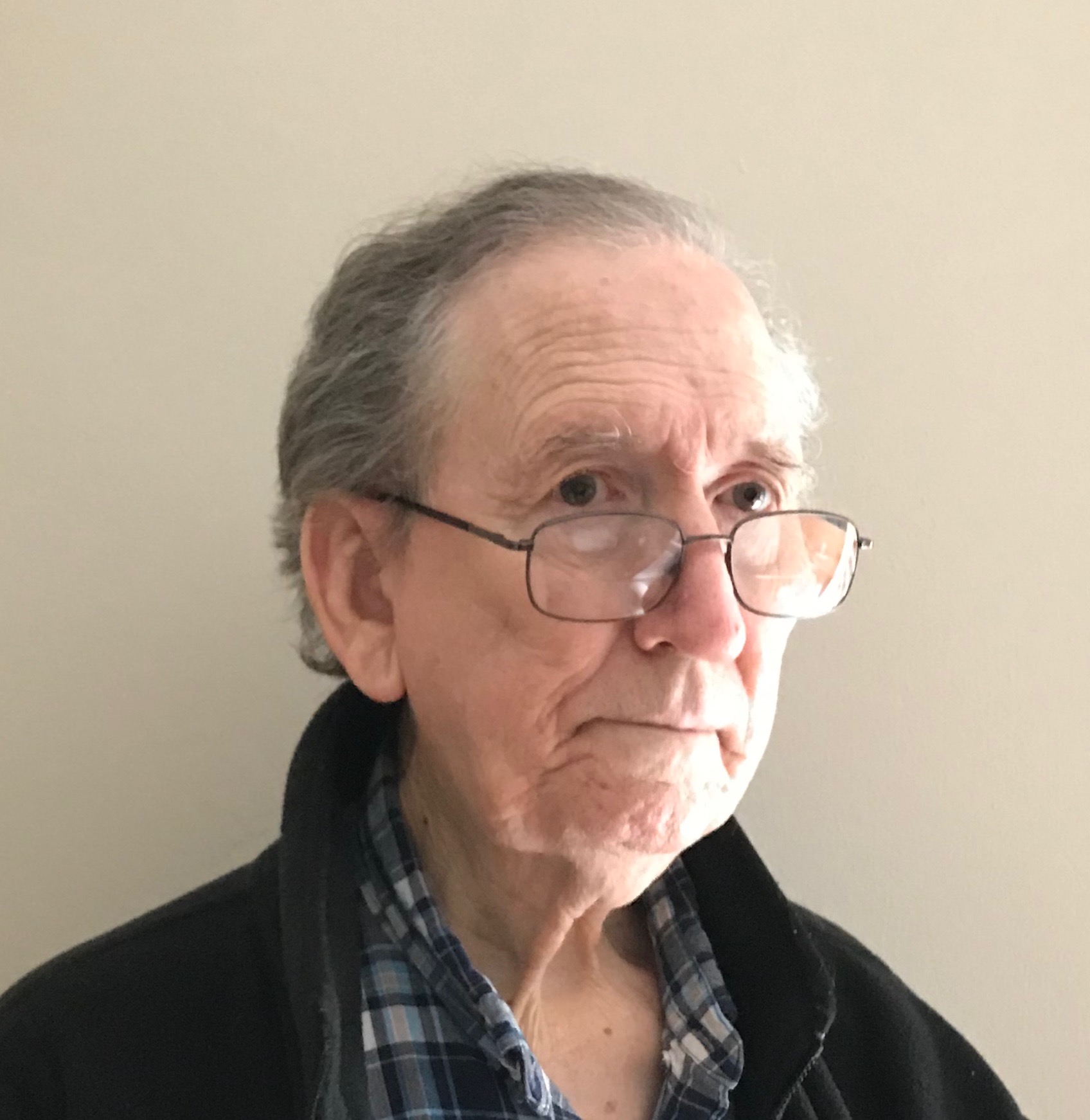Second person is like the lonely middle child of writing perspectives.
Everybody knows first person, because it’s always talking about itself. It just feels kind of natural, like it’s always been there. And third person – everybody wants to be with third person. Third person seems to know more than everyone else, it can read people. Third person keeps a cool distance, but somehow always knows what’s going on.
But with siblings like first person and third person, second person often gets overlooked. It doesn’t talk about itself or insist you pay attention to it. It doesn’t make grand statements or act like it knows everything. Second person is subtler. Quieter. But it also has a strength that a lot of people find difficult to deal with. It can be a little tough to understand at times. And that’s because second person is all about you.
Part of the problem is that we just don’t have the same exposure to second person. Most of us can count on one hand the number of things we’ve read in second person. I know I can. This can make it hard to distill exactly what second person is and what it’s good for. There just aren’t enough datapoints. For that reason, I think it’s important to traffic in the familiar.
For me, the best way to understand second person is through the lens of both third and first. At least if you want a hard and fast rule of what makes good second person vs. what makes bad second person. Let’s start with the bad news. For example:
“You wake up in the early morning light of your childhood bedroom. You have only been back home living with your parents Rick and Sandra for three days, but to you it already feels like too much. Last night you came home past midnight to find your mother sitting up in the living room chair, waiting for you. She reminded you about curfew. Curfew? You hadn’t had a curfew since you left home for your first semester at UCLA nearly ten years ago. Long before the trouble began.”
At first glance this might not seem too awful, but give a reader any more than a few paragraphs of this and they will quickly burn out. Because nobody likes being told what to do. Or even worse, how to feel.
In second person, you are placing your reader into the life of the main character. You need them to feel at home in that role, while somehow still getting them to move forward through your story. That’s the only way they’ll accept what you say.
But why would you ever have to tell someone all the minute details of their own life? You know your parents names, you know the name of the school you went to. And you definitely know what happened last night. It just happened last night! So unless your main character is suffering from amnesia due to blunt forced trauma, don’t tell them what they should already know.
Think about it like this: Your reader should feel as though they were just bodyswapped into the life of your main character. No one’s going to explain to them what’s going on. Nobody’s going to hold their hand. Nobody’s going to treat them like they just arrived. They have to hit the ground running. They have to put it together themselves. So if we treat them that way, the scene sounds more like this:
“You wake up too early and it doesn’t feel good. Hold still, but you can’t hear anything. Dad’s probably at the office already. Maybe Mom’s still in the chair. Maybe she fell asleep there. It was pretty late. You should probably wake her up, but if you do she’s much less likely to say she’s sorry for all that curfew crap. At least divorce taught you one thing. Whatever, you should at least get yourself up. No matter how much this next part is going to suck.”
This is the difference between “writing up” to second person, and “writing down” to second person. The first example is writing up to second person. It’s basically just a third person story with all of the pronouns switched to “you.” It’s pretty easy to tell if you’re writing up to second person. All you have to do is go back through your piece and switch all of your pronouns from “you” to “they/her/him.” If the piece reads just fine that way, you’re writing up.
Don’t write up.
Second person works best when you write down to it. It requires that you start from a place of personal immediacy, intimacy. The kind that first person does much better. Same test. Just take what you’ve written and switch all of your “you’s” to “I’s.” If it works, you’re writing down. First person to second.
This is HORRIBLY simplistic and not nearly the definitive treatise on writing in second person, but if you’ve been curious about second person and thinking about dipping your toes in but don’t know where to start, try keeping to this principle. At the very least, it’ll let you know if you’re on the right track.
 Adam Dove is an author living and writing in Pittsburgh, PA. His work lives at the border between fantasy, reality, and personal obsession. He believes that writing is not a solitary act–that every story is the beginning of a conversation, and a way to deepen the authentic connections that tie us together.
Adam Dove is an author living and writing in Pittsburgh, PA. His work lives at the border between fantasy, reality, and personal obsession. He believes that writing is not a solitary act–that every story is the beginning of a conversation, and a way to deepen the authentic connections that tie us together.
You can find Adam posting on his YouTube channel.



